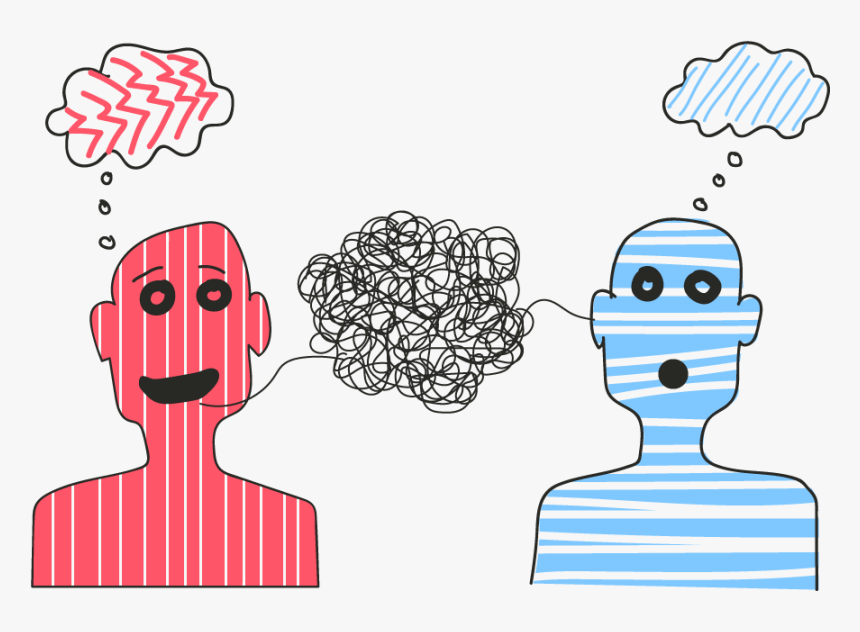The art of communication
Gary Chapman, Ph.D. published “The 5 Love Languages: The Secret to Love that Lasts” in the early nineties, and this groundbreaking work has remained on the New York Times best-sellers list since 2007. As a renowned relationship and marriage counselor, Chapman analyzed years of his notes to boil common relationship tensions down to a difference in how individuals give and receive love. Thus “The 5 Love Languages” — physical touch, quality time, acts of service, words of affirmation and giving gifts — was born.
Despite having more modes of communication now than literally anybody before, people seem to be communicating less honestly and efficiently. While there is undoubtedly plenty — maybe even an excess — of talking, there is a notable deficiency in communicating. Finding out how you give and receive love is an excellent way to recognize potential disconnects in communication with your partner, friends, family and coworkers. Furthermore, using your partner’s love language is an excellent way to communicate with them (and vice versa).
To take the official quiz to determine how you give and receive love, visit 5lovelanguages.com
“I just called to say I love you.” — Stevie Wonder, “At the Close of a Century”
Perhaps most obviously, for people whose primary love language is words of affirmation, communication comes via the tried and true way: speaking. If a loved one values words of affirmation, showing appreciation through saying “I love you” or giving sincere compliments are easy indicators of your affection. Telling your partner how you feel explicitly (good or bad) will likely warrant the most honest (i.e. least frustrated) response from them.
“Everytime we touch I swear I could fly.” — Cascada, “Platinum”
For those who prefer physical touch, the easiest way to demonstrate your love is through a lot of the puke-inducing sickeningly cute stuff you mock in public and yearn for in private — sharing headphones, sitting side-by-side, holding hands, etc. When breaching a difficult topic, it can also help ease the tension with similar comforting touches to invite your partner to be more attuned to what you are trying to say.
“And you can have it all / Anything you want / I can bring, give you the finer things” — Justin Bieber, “My World 2.0”
While giving gifts can seem like a band-aid solution or kind of schmoozy, there is grace and sweetness in giving surprise gifts. Nothing tells somebody you love them more than a small gift that shows they were thinking of you — and on the flip side, having a cinnamon roll or a succulent in hand definitely won’t hurt the next time you need to apologize or air your grievances.
“I wanna know you better / Let’s spend some time together” — Def Leppard, “X”
Quality time is like butter, cream and/or sugar — you add one of those things (or all three) and it makes whatever you’re making taste better. When compounded with other love languages — probably in particular words of affirmation and physical touch — quality time has the ability to magnify the opportunity for your partner to be open to what you are trying to communicate.
“More than words to show you feel / That your love for me is real” — Extreme, “Extreme II: Pornograffiti”
Probably the hardest love language to become an expert at, acts of service is also probably the most appreciated. Being able to serve somebody else aptly, and in a way they truly need, is an applicable skill in and outside of romantic relationships, and an excellent way to communicate your feelings of appreciation. And serving somebody even though you both might not be in the most communicative states of mind shows that you love and appreciate them regardless, which in turn can ease negative feelings on both sides.
 Sage Souza is a junior studying political science and Spanish. In her free time, she enjoys long walks on the beach, making too many playlists on Spotify, and retweeting Karl Marx fancams.
Sage Souza is a junior studying political science and Spanish. In her free time, she enjoys long walks on the beach, making too many playlists on Spotify, and retweeting Karl Marx fancams.
—sage.souza@usu.edu
@sageksouza

